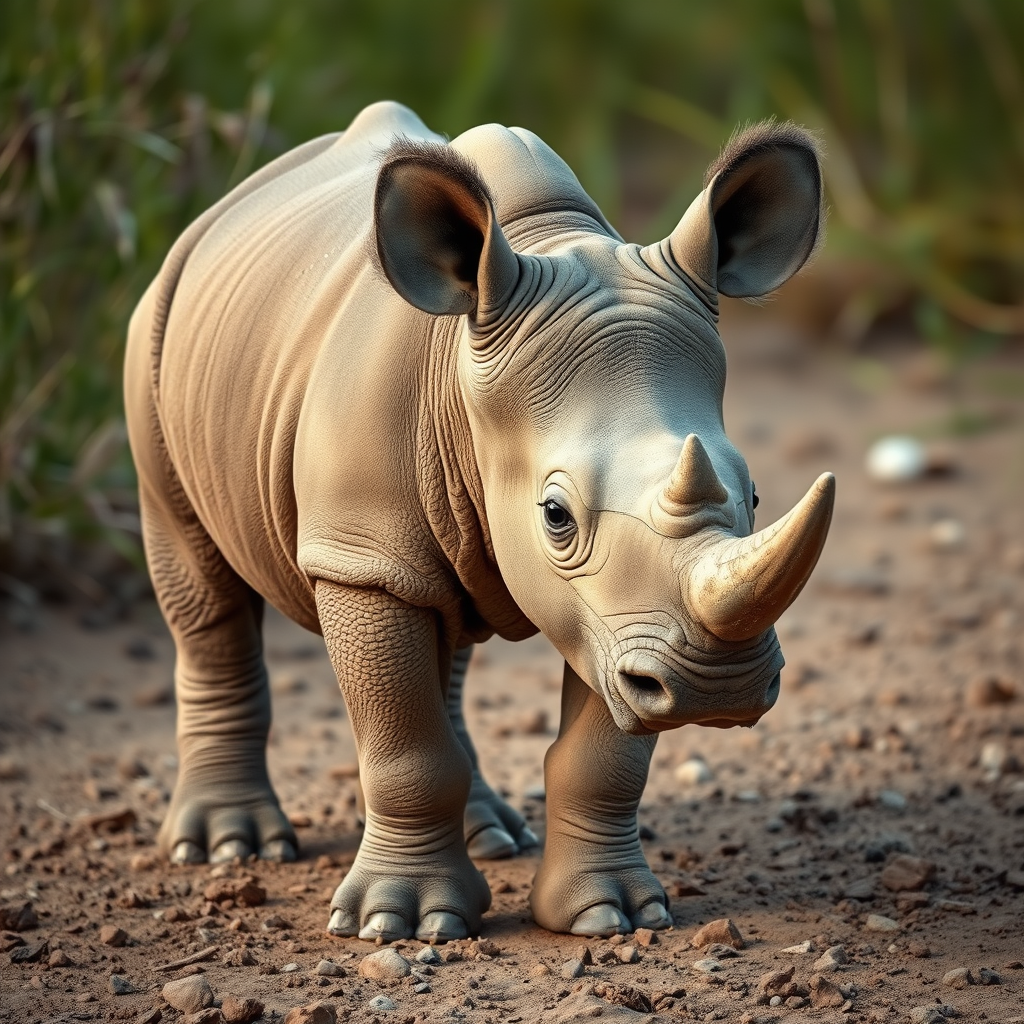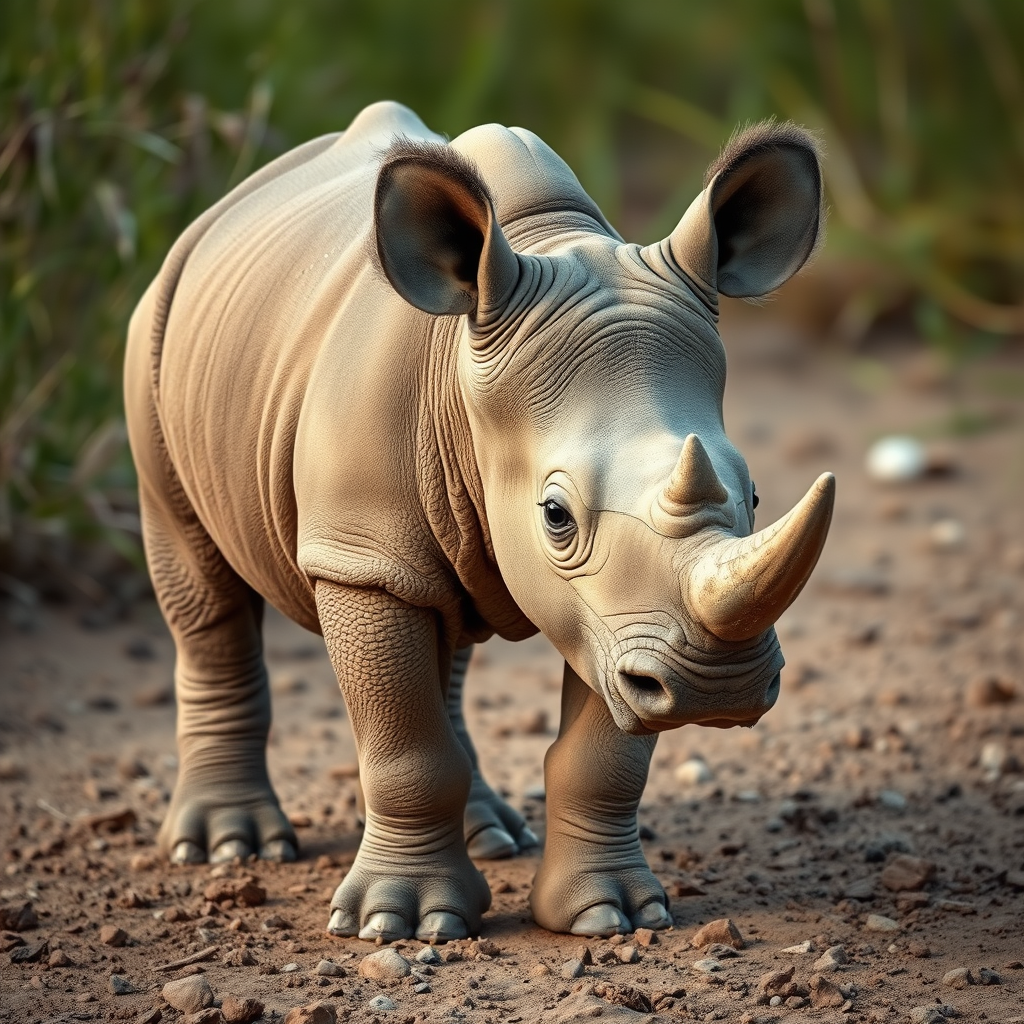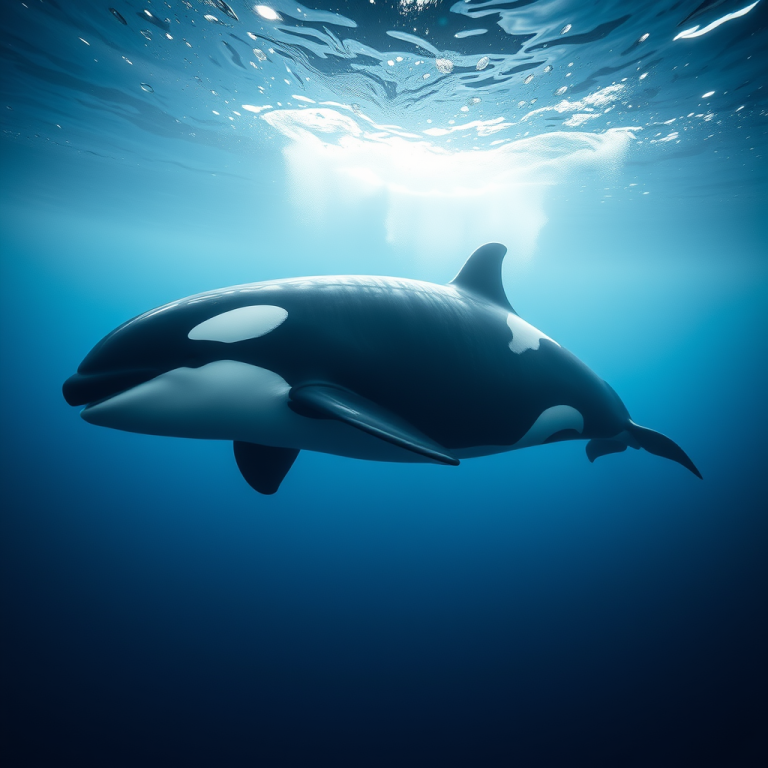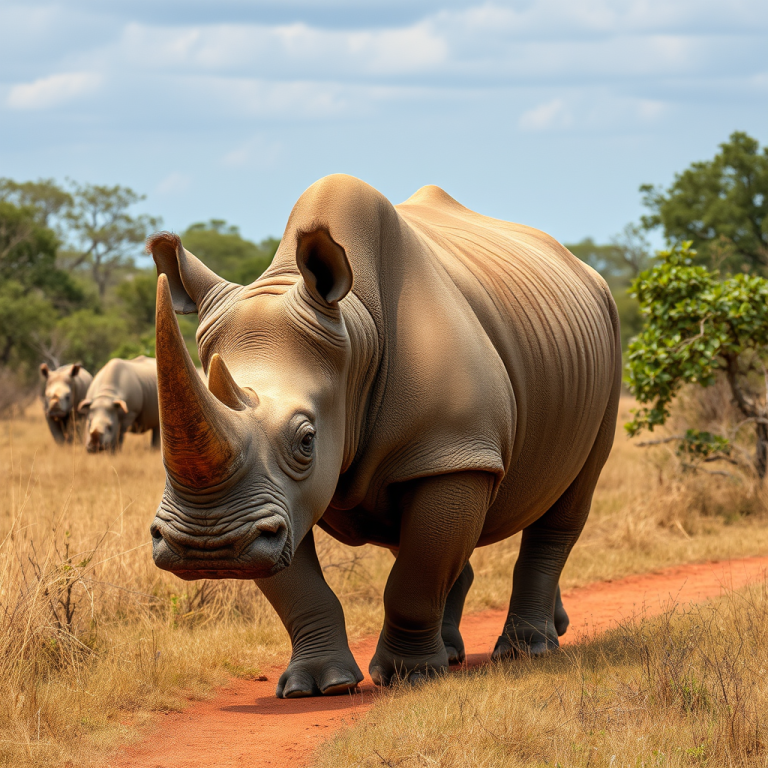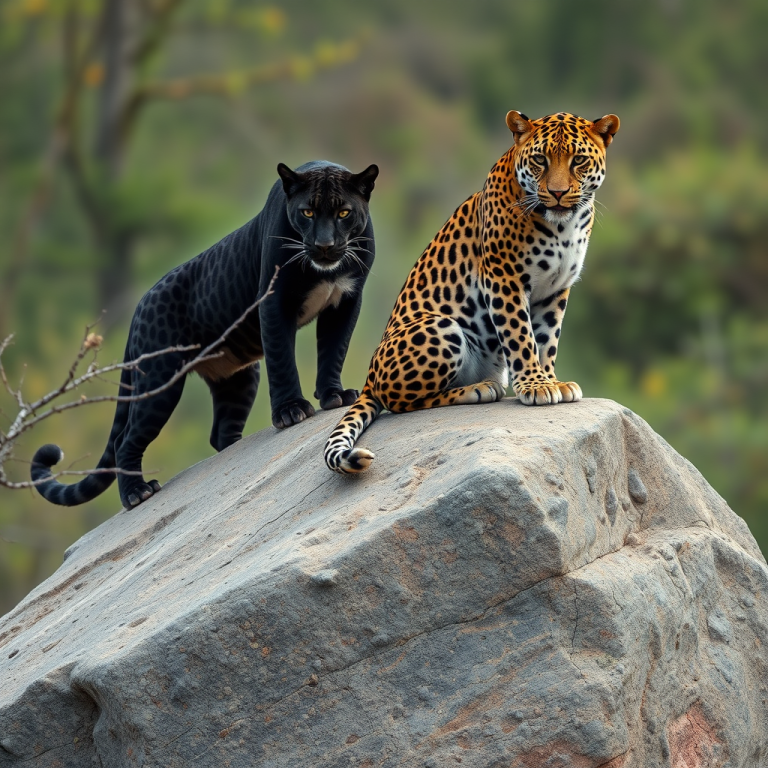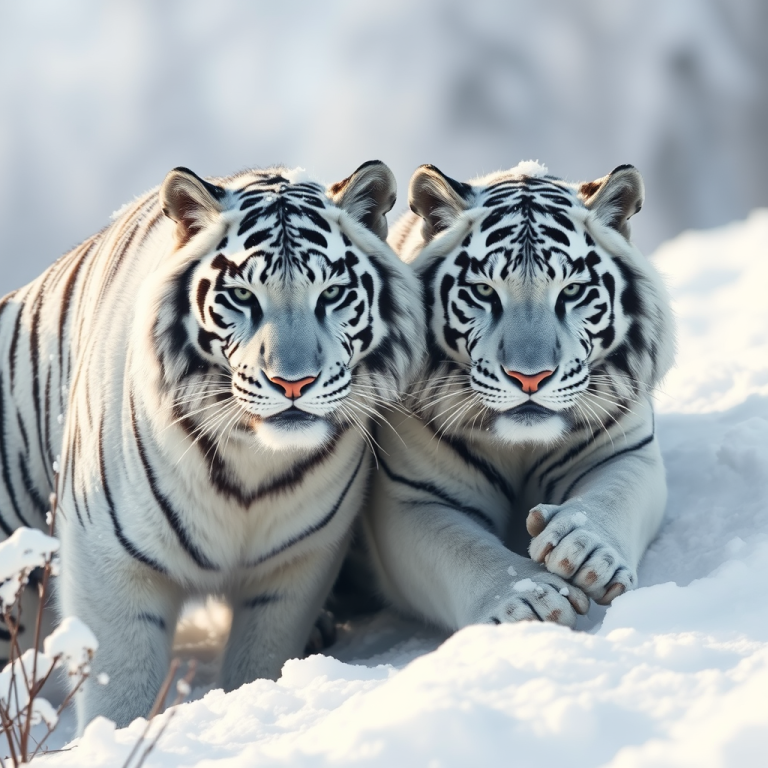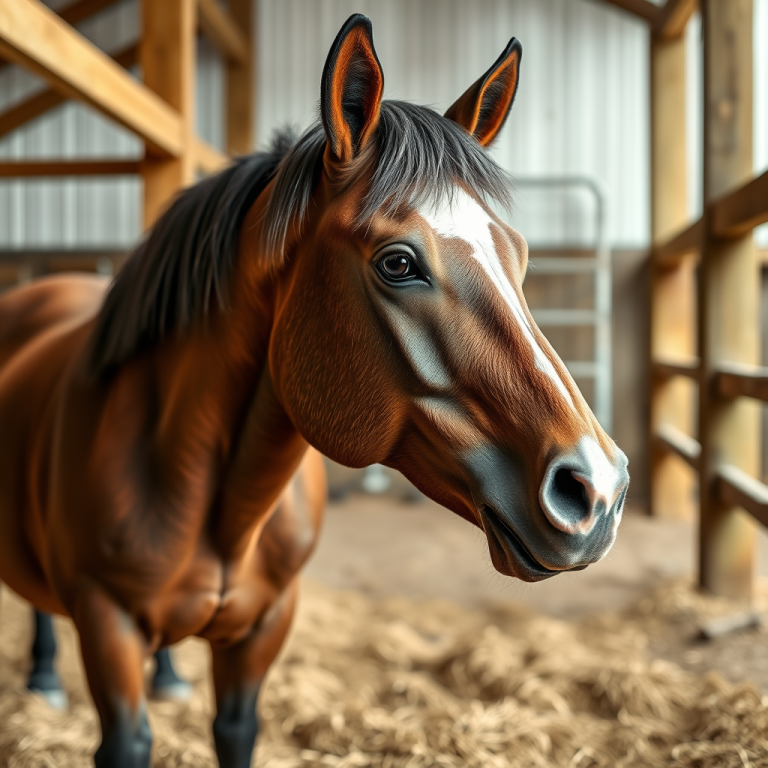Baby Rhinos: Bold Beginnings on Wobbly Legs
A baby rhino’s journey starts with strength and vulnerability. At birth, calves weigh between 88 to 140 pounds, depending on the species, and must stand within their first hour of life. Despite their size, they rely heavily on their mother for protection and guidance. These early hours are critical for survival in the wild, where danger is always present. From day one, mobility and maternal bonding become a matter of life and death.
Maternal Bonds and Early Learning
Rhino calves are raised solely by their mothers. Since rhinos are solitary animals, the mother takes full responsibility for her calf’s upbringing. This bond is intense and long-lasting, often stretching two to three years. The calf learns how to forage, recognize threats, and navigate its environment. White rhinos typically lead their calves from the front, while black rhinos allow theirs to follow from behind—a behavioral difference shaped by habitat type.
The Role of Play in Physical and Behavioral Development
By the time calves are a few weeks old, they begin exhibiting playful behaviors—sprinting in short bursts, mock-charging bushes, and chasing their tails. These “zoomies” aren’t just cute; they play a vital role in muscle development and coordination. Play also strengthens mental awareness and social learning, especially in sanctuaries where calves interact with others. It’s through these moments of joy that calves prepare for the physical demands of adulthood.
Nutritional Milestones and Dietary Shifts
For the first 2–3 months, calves are sustained solely by their mother’s milk, which is high in fat and essential nutrients. Solid food introduction begins gradually around the one-month mark, with full transition typically completed by six months. Calves continue to nurse intermittently for up to 18 months, depending on the species. By three months, a white rhino calf can weigh over 400 pounds, demonstrating how vital nutrition is to early development.
Horn Development and Behavioral Traits
Calves are born without horns, but keratin-based horn growth begins within the first few weeks. As it grows, calves begin testing their strength and asserting independence. Personality traits also start to emerge—some calves are confident and assertive, while others are cautious and cling closely to their mothers. These early behaviors often predict how the calf will interact with its environment and future rivals.
Communication Between Calf and Mother
Despite being quiet animals, rhinos communicate extensively through vocalizations and body language. Calves emit high-pitched squeals, grunts, and mews to signal hunger, distress, or playfulness. Mothers respond with low-frequency rumbles and subtle shifts in posture. This continuous communication ensures that the calf remains within proximity and emotionally secure during its most formative years.
Rest and Regulation in Young Rhinos
Young rhinos spend a significant portion of their day sleeping. Napping in the shade or near their mother allows calves to rest while staying safe. These rest periods are critical for muscle recovery, brain development, and immune system function. The mother often stands guard nearby, alert to any movement or threat, and will place herself between danger and her calf without hesitation.
Survival Challenges and Conservation Concerns
Baby rhinos face threats not only from predators like lions or hyenas, but more significantly from human activity. Poaching and habitat destruction are the leading causes of calf mortality. Orphaned calves rarely survive without intervention. Conservation programs now focus on anti-poaching patrols, habitat protection, and emergency rescue operations for displaced or injured calves. These efforts are essential to rebuilding rhino populations, especially in regions where extinction risk is high.
Rehabilitation and Rewilding of Orphaned Calves
When rescued, orphaned calves require round-the-clock care—bottle feeding every few hours, emotional support, and eventual social integration with other rhinos. This rehabilitation process can take 3–5 years, during which calves are gradually weaned off human dependency and trained to live independently in protected reserves. Successful rewilding marks a significant victory for conservation, proving that even the most fragile beginnings can lead to strong futures.
Conclusion: Strength, Survival, and Hope for the Future
Baby rhinos symbolize the powerful blend of innocence and resilience in the natural world. From their wobbly first steps to their fearless play, they carry the potential to shape the future of their species—if given the chance. Their journey from calf to adult is long, complex, and often dangerous, but every step is a reminder of what’s at stake. Protecting them means preserving not just a species, but an entire ecosystem built on balance, memory, and survival.
If you’re curious about the wonders of wildlife, stick around—there’s a whole world to explore at Wonder of Wild.
